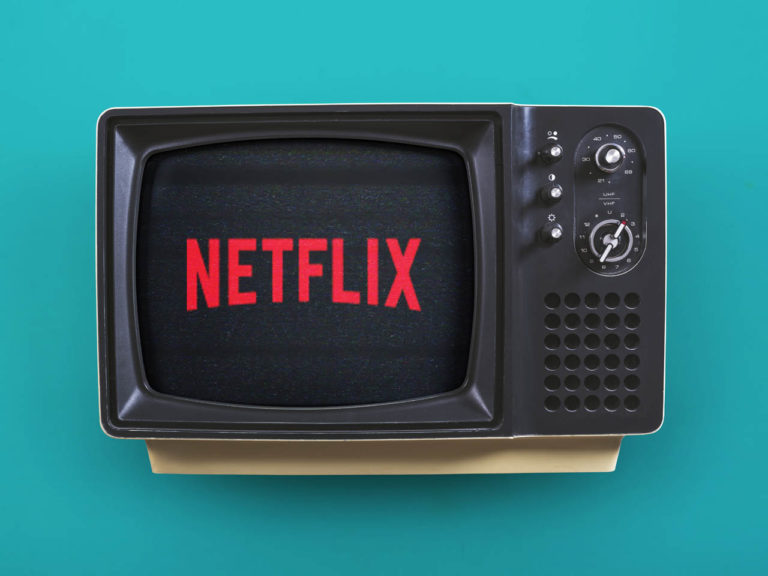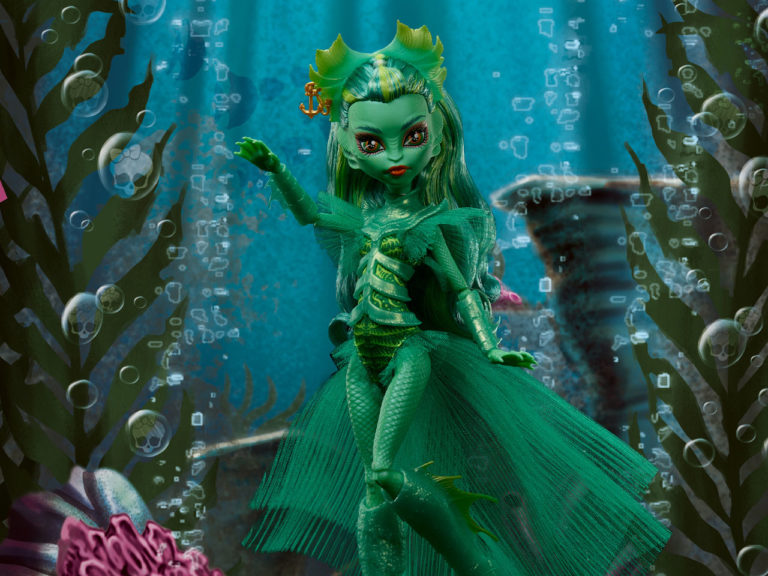

When we last looked in on the League, the Kindred were standing tall in Canada. Meanwhile, the rookie Lanterns had stumbled upon a fractured planet, and Superman took a journey to (near) the center of the earth in hopes of taking out the seismic doodads rumbling the planet.
Still too much know-and-tell
This time around, Diana continues to dialogue with her captors from deep inside one of the Kindred. As Batman, Cyborg, and the Flash fight the threat coming from space, the Lanterns investigate the planet where they’re coming from. And near Earth’s core, Superman throws all of his strength into trying to stop the earthquake makers.
I keep waiting for Hitch’s storytelling to get better, but with each issue, I end up disappointed. I like the details and revelations we get this week (especially a pretty crazy twist at the end), but most of what we learn comes in the form of direct, informational statements from characters’ mouths or minds. And how these people come to possess the information in the first place fails to satisfy.
Lantern Baz once again exhibits low-grade omniscience, drawing conclusions about the origin of the flying, gray alien “missiles” based on nothing but his intuition. Perhaps Hitch’s vision of this scene has the Lantern seeing something on the surface, but we as readers have no indication that this is the case.
Later, we get into one of my least-favorite plot devices in all of comics: the deus ex cyborgina (god from the Cyborg). Are the odds stacked too highly against your heroes? Can’t conceive of a way for them to overcome the enemy? No problem! Just plug Vic Stone into [insert alien techno-dingus here] and all will be well. I didn’t like it when Geoff Johns did it at the beginning of his New 52 run on Justice League, but it’s even worse here. In an issue—in a series—where we’ve spent so much time being told what’s going on rather than getting to see it for ourselves, the Cyborg-wrapped exposition feels like an insult to our intelligence.
Unfortunately, it gets worse. After a long struggle, Superman finally gets somewhere with one of the earthquake machines. How do we know this?

This one feels like the last straw. I’ve previously speculated that Hitch’s tell-don’t-show approach to this series may indicate a lack of confidence in his artists, but the panel above makes me wonder what he thinks of his readers. Even if, in this visual medium, we somehow need to be told that movement has occurred, there must be a better way of telling than having Superman say exactly what’s happening. Why not have him say “yes!”, or “there!”, or any number of other exclamations that seem more natural than what we actually get?
A tough time to lose Daniel
We’re a few months into Rebirth, and artist rotations are the norm for many books. Sometimes, the substitutions are complimentary—look at titles like Green Arrow or Detective Comics. Even when they’re not, however, the stories have been strong, and the artistic inconsistency—while not irrelevant—never drags the whole enterprise down.

For the most part, I like Jesus Merino’s style. Particularly in the opening scene, his characters’ poses and facial style feel very classic, as does his use of hatching and crosshatching where many other artists might block out regions for the ink fills or rely on the colorist for lighting. That said, after the distraction of Lantern-green is gone, the book ends up looking much more flat than the previous three issues. Tomeu Morey is still the colorist, so I can’t say for certain why his approach changed—I can only speculate that it was an accommodation of Merino’s style.
I have no problem with a flatter finish, but it accentuates Daniel’s absence. For all of my problems with Hitch’s technique in the first three issues, I could count on Daniel, Florea, and Morey for lush, beautiful visuals. Merino is more than capable, but he’s different, and I prefer what we had before. This is a tough problem to have on top of a weak script.
Where do we go from here?
Justice League is broken—not completely destroyed, not beyond saving, but broken nonetheless. The story itself—the what—remains as strong as ever, but the delivery isn’t working. It should be one of DC’s flagship titles, but it’s one of the weakest in the line. Here’s how I think they can fix it:
- Get Hitch a partner. Hitch proved in JLA that he can write a good script, but he’s struggling now that he’s not doing the art along with it. His ideas are excellent, and with some time, he could get to where he needs to be. This is not, however, a book that can remain in limbo while he works things out. So in the meantime, why not let him handle plot and then give up or share the actual scripting?
- Find a more suitable backup for Daniel. As I said above, Merino is a capable artist, but his style does not compliment Daniel’s. I’m willing to accept the necessity of multiple artists in the twice-monthly paradigm, but I want to see editorial make better choices on how to bring cohesion to multi-artist arcs.
- Put someone else on the covers. I know this might seem odd for me to bring up, since the internal problems are a much bigger deal, but first impressions are powerful, and can set the tone—for better or for worse—for the rest of the book. While some of the forthcoming covers seem a bit more interesting, the ones we’ve had up to this point have been pretty bland (including this week’s). #1 was fine as an introduction, and Superman and Batman being set apart helped, but I’ve seen very little that is actually worthy of being the first thing you see when you pick up the book. Does Francis Manapul have a little extra time in his schedule each month? Would DC’s old pal Greg Capullo be willing to churn out a few covers? There has to be someone available who can bring some artistry and inventiveness and spruce up what should be the best-looking page of each issue. And taking Daniel out of the cover rotation should help free him up to spend more time on the interiors (although the big event in December and January may be tying him up soon anyway).
Those are just a few suggestions, and maybe DC has already thought of them. Something needs to change—hopefully they’re already working on it. Rebirth has been a smashing success, and it’s time we had a Justice League book that’s worthy of the rest of the line.
Recommended if…
- You like Hitch’s big ideas and want to see them develop further.
- You like the deus ex cyborgina as a plot device and have been dying to once again see Victor save the day without actually doing anything.
Overall
Justice League #4 advances the plot, but most everything else about this book remains right where we left it last time. Hitch continues to favor expository dialogue and narration over meaningful character interaction, and the chasm between he and his team of artists remains ever-wide. If you’re following the story, you’ll probably still want to pick this up, but I just can’t recommend this book anymore.
SCORE: 5.5/10


